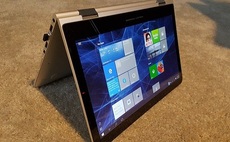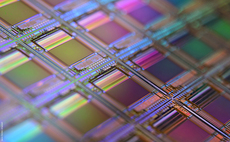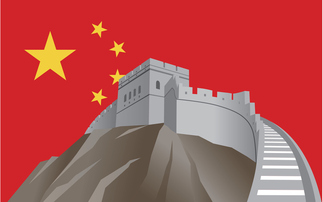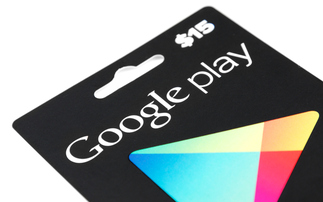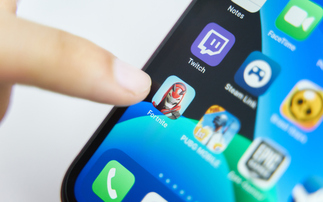Impact of mobile is driving emerging nations, says Jacobs
LAS VEGAS: Qualcomm chief executive Paul Jacobs has set his company's sights on developing nations and emerging markets. Speaking at his keynote address at CES 2012, Jacobs said the chip maker e...
To continue reading this article...
Join Computing
- Unlimited access to real-time news, analysis and opinion from the technology industry
- Receive important and breaking news in our daily newsletter
- Be the first to hear about our events and awards programmes
- Join live member only interviews with IT leaders at the ‘IT Lounge’; your chance to ask your burning tech questions and have them answered
- Access to the Computing Delta hub providing market intelligence and research
- Receive our members-only newsletter with exclusive opinion pieces from senior IT Leaders









